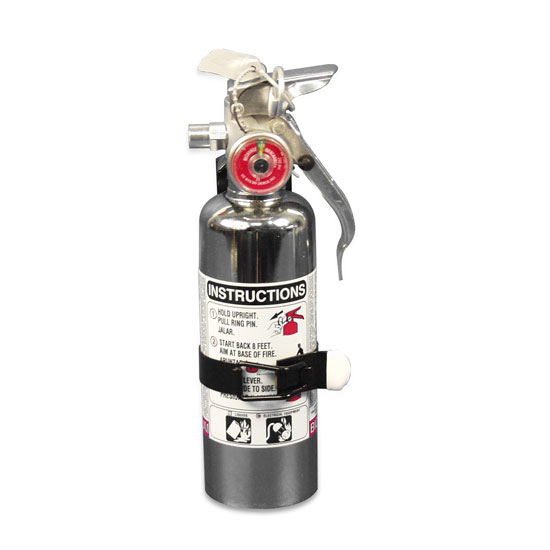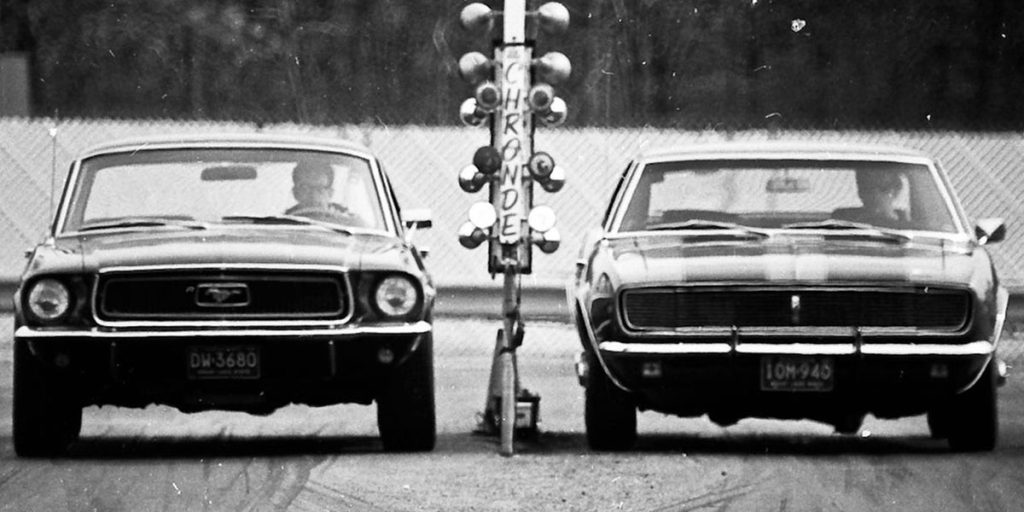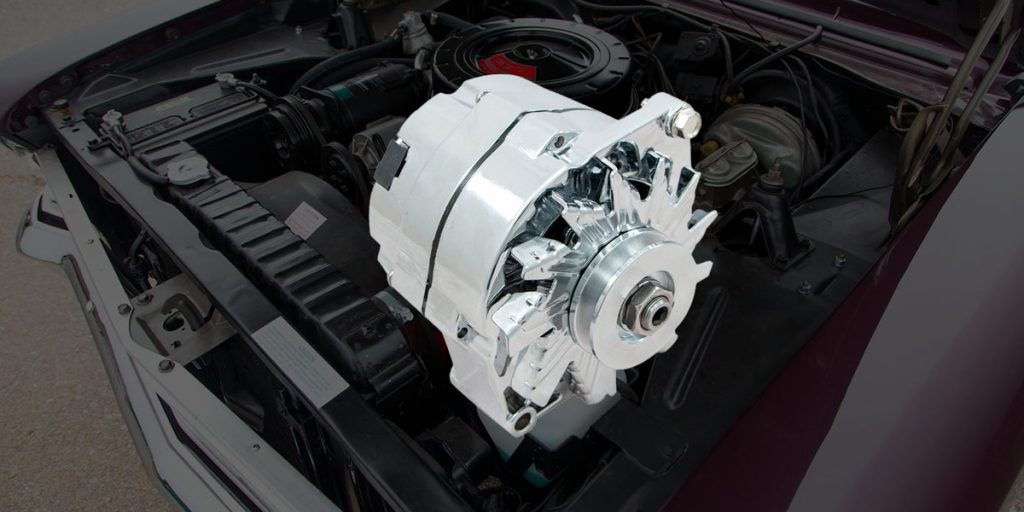How to Make Your Classic Car Safer on the Road
A common myth regarding classic muscle cars is that they aren’t safe. We debunked that by showing you how there were many safety innovations put into these cars. By today’s standards, they aren’t as safe, but for their time they had the latest in safety technology.
While the safety technology might have been great in the 60’s, 70’s, or 80’s – there’s always room for improvement. So how do you make your classic safer for not only you but everyone else on the road?
Upgrade the Braking System
One of the most important safety upgrades for any classic car is the braking system. Many classic cars were equipped with drum brakes, which are less effective and prone to fade under heavy use compared to modern disc brakes. Even if they did come with disc brakes, they aren’t up to modern standards for performance.
Disc Brake Conversion
If your classic car still has drum brakes, consider converting to disc brakes at least on the front wheels, where most of the braking force is applied. Modern disc brake kits are widely available and significantly improve stopping power, providing shorter stopping distances and better performance under repeated braking.
Brake Booster
Adding a brake booster can also improve brake feel and performance by reducing the amount of pedal effort required to bring the car to a stop. Power brake boosters are especially beneficial if you opt for a disc brake conversion.
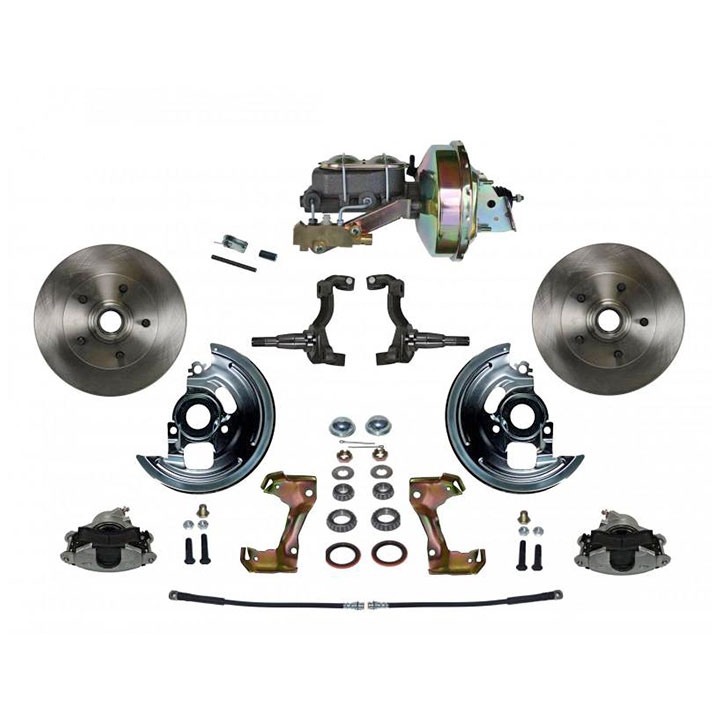
Install Seat Belts (Or Upgrade Existing Ones)
In older cars, seat belts were either optional or nonexistent. If your classic car doesn’t have seat belts, installing them is a must. Even if it already has basic lap belts, upgrading to modern 3-point seat belts will offer far more protection in the event of an accident.
Adding 3-Point Seat Belts
Many classic car owners upgrade to 3-point seat belts, which provide better restraint during a collision. Most classic cars can be retrofitted with these systems with relative ease, offering a major improvement in occupant safety.
Shoulder Belt Installation
If you’re driving a convertible or another type of classic car that makes it difficult to install 3-point belts, at the very least, ensure that lap belts are secure and functional. Some companies even offer bolt-in solutions specifically designed for classics to make the installation process seamless.
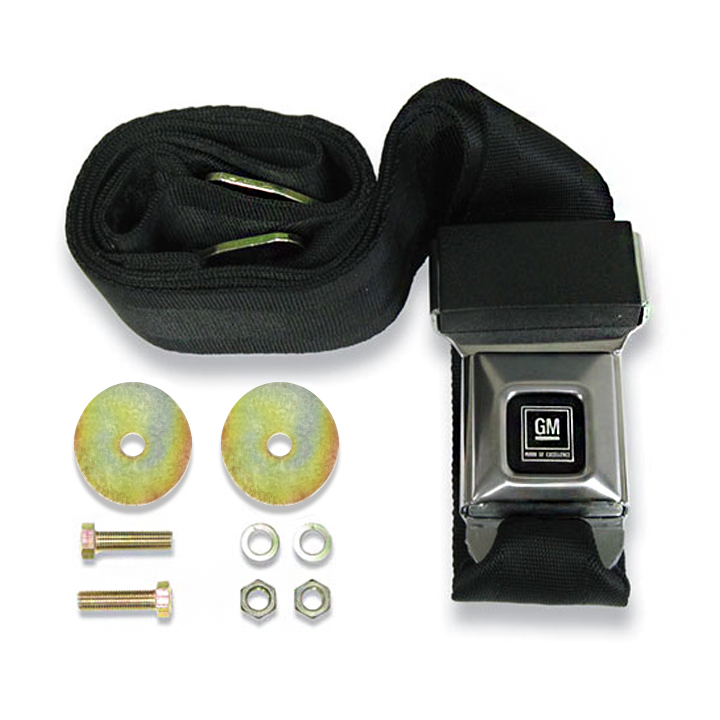
Safer Lighting
One of the biggest safety concerns when driving a classic car is the outdated lighting system. The original headlights, brake lights, and turn signals are often dim compared to modern standards, making it harder for other drivers to see you, especially at night.
LED Lighting Upgrades
Consider upgrading your car’s lighting system to brighter, more efficient LED lights. Modern LED headlights are much brighter than the traditional sealed beam units found in older cars and will dramatically improve nighttime visibility. Additionally, LED brake lights and turn signals illuminate faster and are easier for other drivers to notice.
Auxiliary Lighting
You can also add auxiliary lights, such as fog lights or additional driving lights, to help improve visibility during adverse weather conditions or night driving.
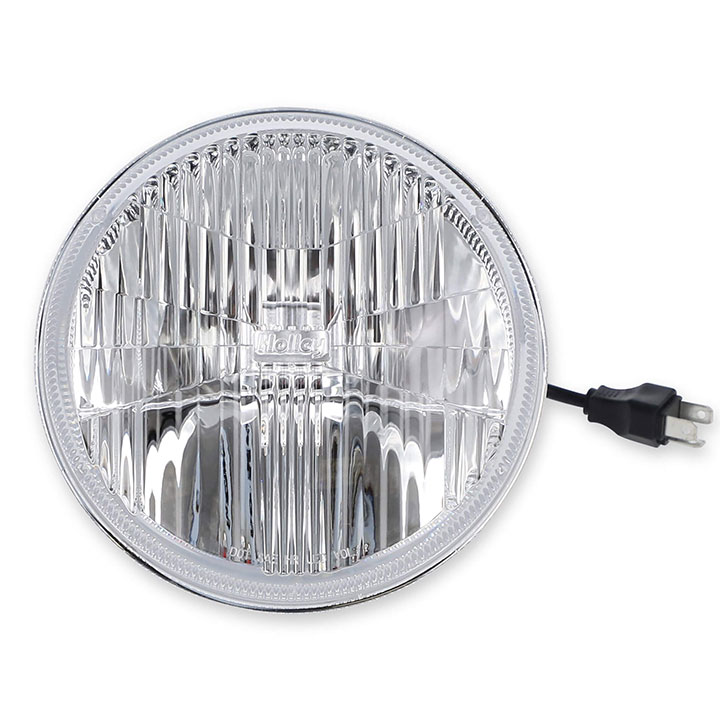
Safer Tires and Suspension
The tires and suspension systems on classic cars are often outdated, limiting their road handling and safety. Modern tires and suspension components will improve traction, cornering ability, and overall stability.
Radial Tires
Many classic cars were originally equipped with bias-ply tires, which don’t handle as well or grip the road as securely as modern radial tires. Switching to radial tires improves ride quality, reduces braking distances, and increases traction, especially in wet conditions.
Suspension Upgrades
Upgrading your suspension can improve both comfort and handling. Swapping out old shocks for modern gas shocks or installing a new set of coil springs can provide a better road feel and control. Additionally, you can upgrade sway bars or install an aftermarket suspension kit to reduce body roll and improve cornering stability.
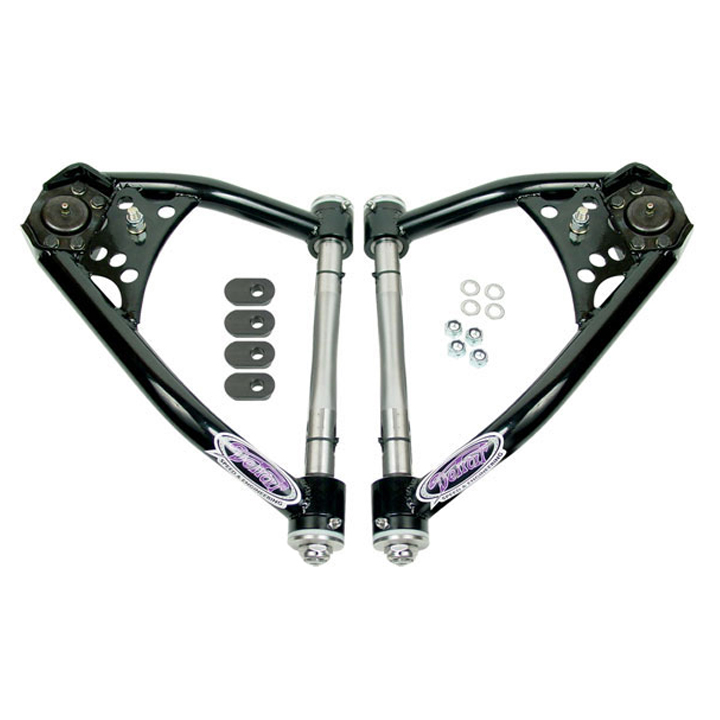
Improve Steering Components
Many classic cars have manual steering, which can be challenging to control during emergency maneuvers. Upgrading to power steering or improving the existing steering components can enhance the car’s handling and make it more responsive.
Power Steering Conversion
If your car has manual steering, consider upgrading to power steering. Power steering makes it easier to control the vehicle, especially at low speeds, and gives you more precise handling during emergency situations.
Steering Box and Column Upgrades
Even if your car already has power steering, replacing or upgrading worn steering components can significantly improve safety. Replacing a worn steering box, installing a new rack and pinion system, or upgrading the steering column can improve the responsiveness of your vehicle’s steering system.
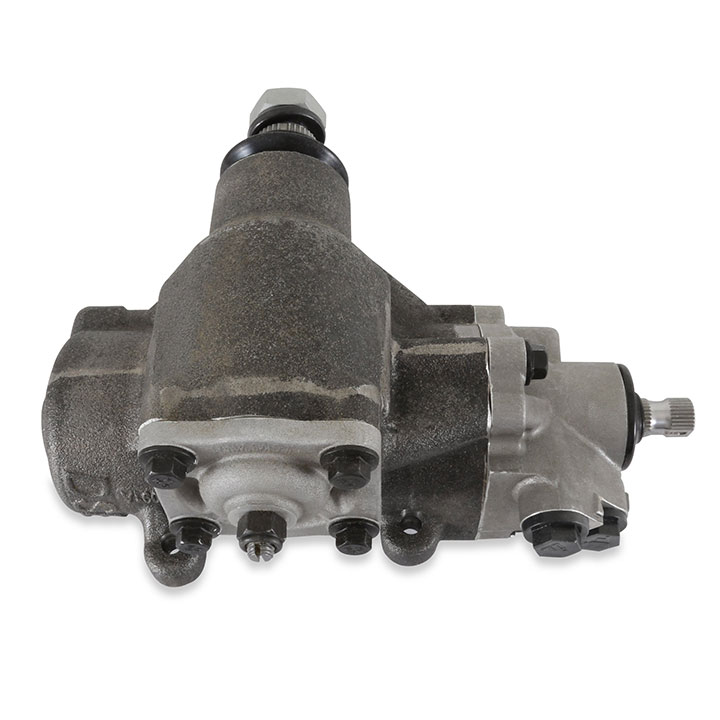
Install a Fire Extinguisher
Older vehicles are more prone to engine fires due to outdated fuel systems, wiring, and other components. Having a fire extinguisher installed in your classic car can be a life-saving measure.
Mounting a Fire Extinguisher
Ensure that the fire extinguisher is securely mounted within easy reach, such as under the driver’s seat or on the transmission tunnel. Be sure to check its rating, and make sure it is suitable for automotive fires (Class B and C fires).
Proper Maintenance and Safety Inspection
One of the simplest ways to make sure your classic car is safe on the road is through regular maintenance and inspections. Periodically checking and updating components such as the brake system, suspension, tires, and lighting will ensure everything is in working order.
Regular Tune-ups
Older cars require regular tune-ups, so keep the engine, fuel system, and ignition components in optimal condition. It’s important to check the condition of the belts, hoses, and electrical systems frequently to avoid breakdowns or malfunctions while driving.
If you need any of these parts to make your classic car safer, hop on SS396.com for a full line up of these parts. If you have any questions you can always call our friendly techs at (203) 235-1200!

